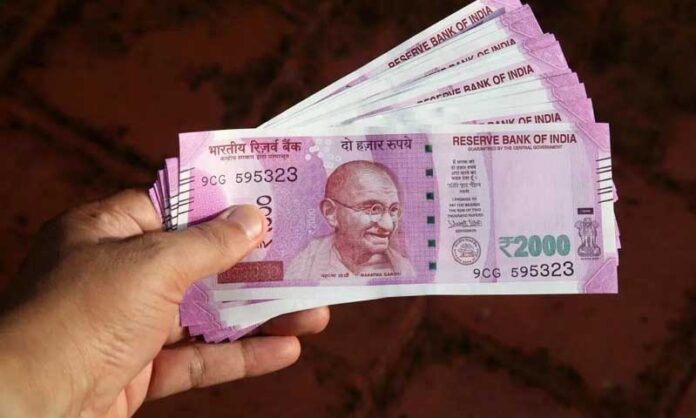Understanding the 2000 Note Exchange Limit: In an effort to combat money laundering, counterfeit currency, and black money transactions, many countries have implemented certain limits on the exchange of high-value banknotes.
One such restriction is the 2000 note exchange limit at bank branches, which aims to ensure transparency and accountability in financial transactions. This article will delve into the concept of the 2000 note exchange limit, its implications, and provide some insights into the rationale behind its implementation.
What is the 2000 Note Exchange Limit?
The 2000 note exchange limit refers to the maximum number of high-value banknotes that an individual can exchange at a bank branch within a specified time frame.
This limit is usually set by central banks or regulatory authorities and varies from country to country. For example, in India, after the demonetization drives in 2016, the Reserve Bank of India set the exchange limit at 2000 rupees notes per person per day initially.
Read More: Bharat Coking Coal Limited Recruitment 2023 | Apply Now (Graduate)
The rationale behind the Limit
- Curbing Money Laundering: Money laundering is a major concern for governments worldwide. Limiting the exchange of high-value banknotes helps to track the flow of money, making it more difficult for individuals involved in illicit activities to convert large sums of cash into legal tender.
- Reducing Counterfeit Currency: By imposing exchange limits, authorities can detect and intercept counterfeit currency more effectively. Banks can scrutinize the authenticity of each banknote before exchanging them, minimizing the circulation of fake currency.
- Promoting Transparency: The exchange limit ensures that individuals have a legitimate source for their cash holdings. It encourages people to deposit their cash into bank accounts, promoting transparency and discouraging the hoarding of unaccounted-for money.
- Enhanced Financial Surveillance: By monitoring the volume of high-value banknote exchanges, financial institutions and regulatory bodies can identify suspicious patterns or transactions, aiding in the detection of illegal activities.
Implications for Individuals
The 2000 note exchange limit can have some implications for individuals who hold large amounts of high-value banknotes:
- Increased Scrutiny: Individuals seeking to exchange banknotes near the limit may face increased scrutiny from bank officials. This could involve additional documentation requirements or inquiries regarding the source of the funds.
- Convenience Factor: Exchanging a large sum of money within the limit may require multiple visits to the bank, which can be time-consuming and inconvenient.
- Encouraging Digital Transactions: The exchange limit encourages individuals to embrace digital payment methods, thereby promoting a cashless economy.
Adherence and Enforcement (Understanding the 2000 Note Exchange Limit)
Financial institutions are responsible for enforcing the 2000 note exchange limit at bank branches. They must ensure that proper checks and balances are in place to monitor and report any suspicious activities or attempts to circumvent the limit.
Compliance departments within banks play a crucial role in this process by conducting due diligence and reporting any irregularities to the relevant authorities.
RBI Official Website: Link




